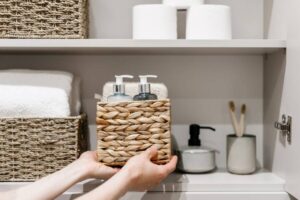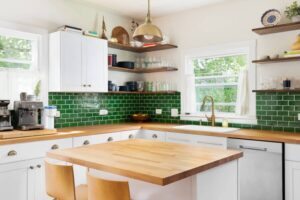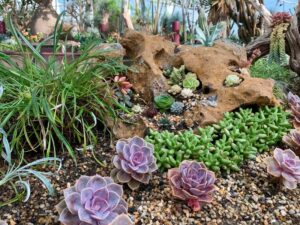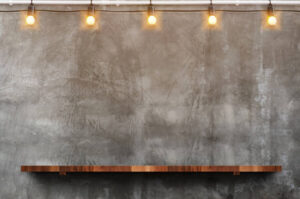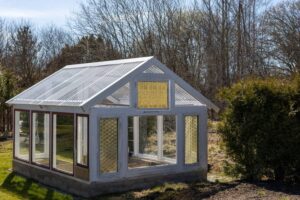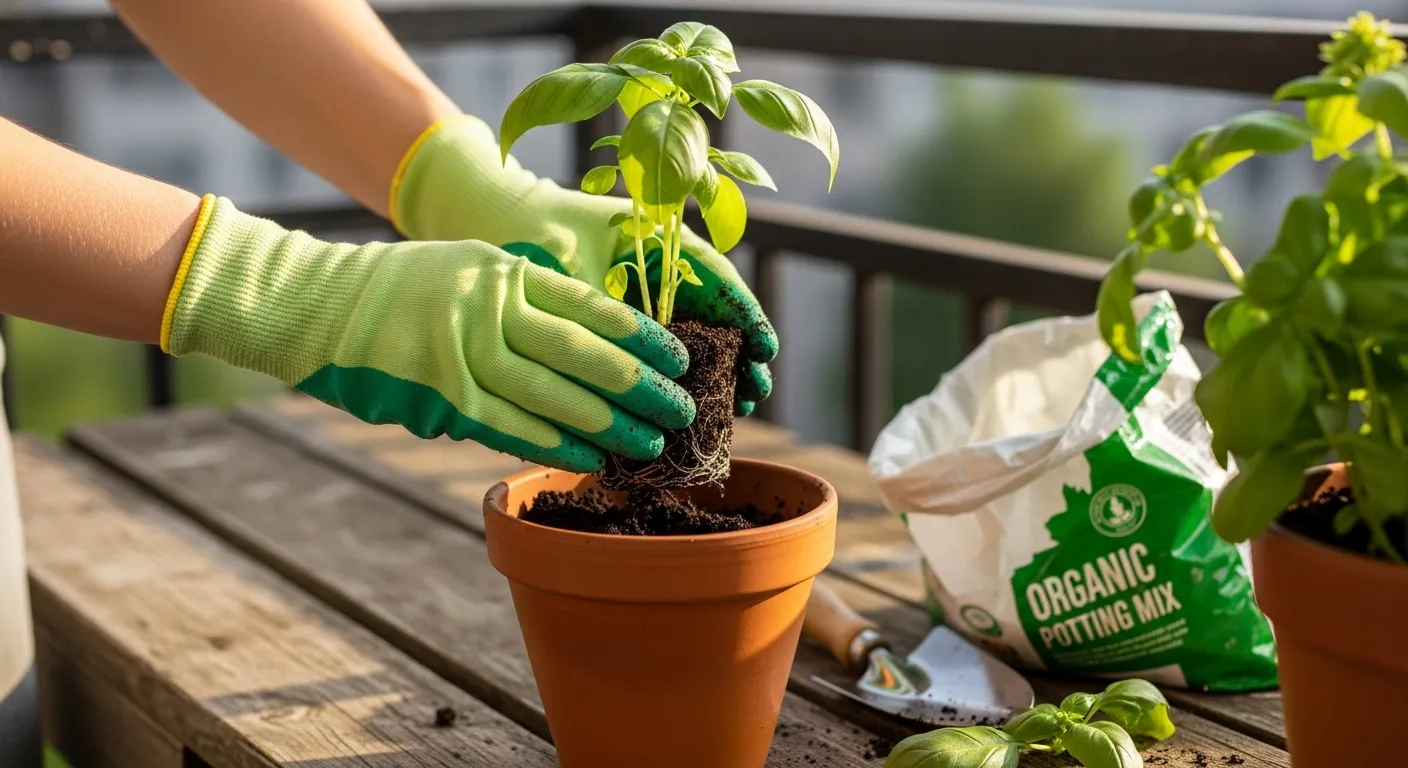
A sunny balcony is a perfect location for an herb garden. You get fresh ingredients for your kitchen. You also provide food for pollinators and add fragrance to your outdoor space. This guide gives you the steps to build a productive container herb garden.
Plan Your Balcony Garden
Assess Your Sun Exposure
Most herbs need at least six hours of direct sun daily. This is what gardeners call “full sun.” Track the sun’s path across your balcony for a day. Note when direct sunlight hits your space and for how long. A south-facing balcony usually receives the most sun. A west-facing balcony gets strong, hot afternoon sun. This intensity can stress delicate herbs. The sun’s strength also depends on your climate. Six hours of sun in a cool climate like USDA Zone 6 is less intense than six hours in a hot climate like Zone 9. You might need to provide afternoon shade for some plants in hotter zones.
Consider Weight and Wind
Balconies have structural weight limits. Always check your building’s regulations before you start. Wet soil and large pots are heavy. Choose lightweight containers made from recycled plastic, fiberglass, or fabric to manage the total load. Terracotta pots are classic but heavy. They also dry out very quickly. Wind is a major factor on balconies. It dries out soil and can damage plants. Grouping pots together adds stability and creates a more humid microclimate. Place taller plants closer to the building wall to shield them from strong gusts.
Choose Your Containers
Good drainage is the most important feature of any container. Your pots must have holes in the bottom. Without drainage, water collects and causes roots to rot. If a pot you like does not have holes, you can often drill them yourself. Container size also determines plant health. Small pots dry out faster and restrict root growth. A pot with a 12-inch diameter is a good minimum size for most herbs. Larger, rectangular planters allow you to grow several different herbs together.


